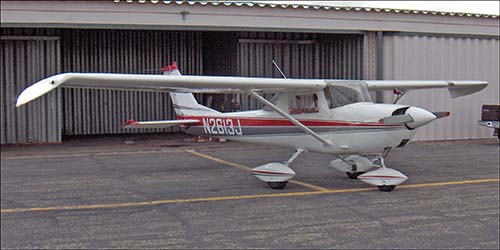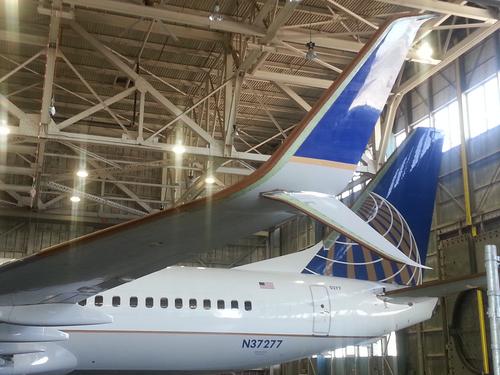SixPapaCharlie
May the force be with you
- Joined
- Aug 8, 2013
- Messages
- 16,018
- Display Name
Display name:
Sixer
Whats the different reasons?
Lately everything seems to be getting winglets added to it.
I see a lot of older planes with wingtops that bend down significantly.
I think I get the winglets especially on large Jets and I see now they are even adding split tips.
But what do they do differently?


This one can't decide

Lately everything seems to be getting winglets added to it.
I see a lot of older planes with wingtops that bend down significantly.
I think I get the winglets especially on large Jets and I see now they are even adding split tips.
But what do they do differently?


This one can't decide











